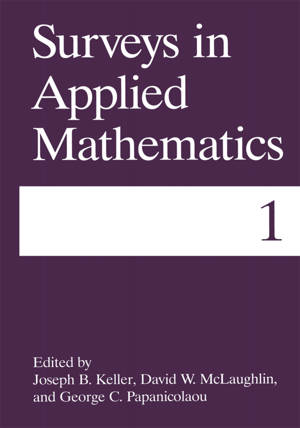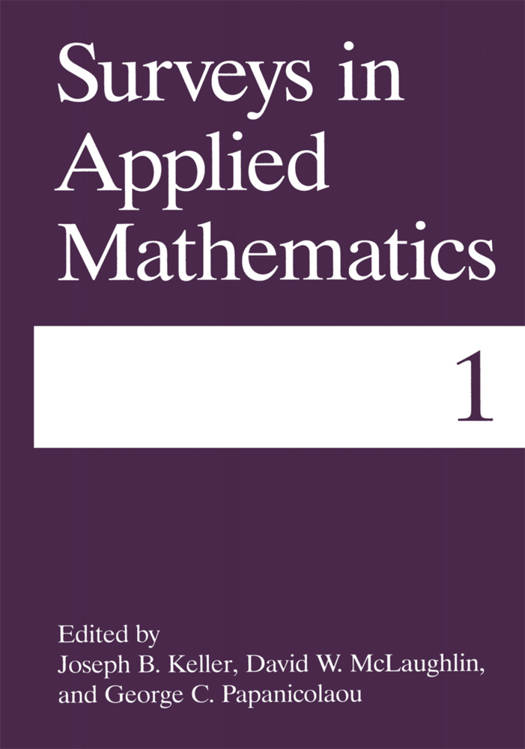
Door een staking bij bpost kan je online bestelling op dit moment iets langer onderweg zijn dan voorzien. Dringend iets nodig? Onze winkels ontvangen jou met open armen!
- Afhalen na 1 uur in een winkel met voorraad
- Gratis thuislevering in België vanaf € 30
- Ruim aanbod met 7 miljoen producten
Door een staking bij bpost kan je online bestelling op dit moment iets langer onderweg zijn dan voorzien. Dringend iets nodig? Onze winkels ontvangen jou met open armen!
- Afhalen na 1 uur in een winkel met voorraad
- Gratis thuislevering in België vanaf € 30
- Ruim aanbod met 7 miljoen producten
Zoeken
€ 167,95
+ 335 punten
Uitvoering
Omschrijving
Partial differential equations play a central role in many branches of science and engineering. Therefore it is important to solve problems involving them. One aspect of solving a partial differential equation problem is to show that it is well-posed, i. e., that it has one and only one solution, and that the solution depends continuously on the data of the problem. Another aspect is to obtain detailed quantitative information about the solution. The traditional method for doing this was to find a representation of the solution as a series or integral of known special functions, and then to evaluate the series or integral by numerical or by asymptotic methods. The shortcoming of this method is that there are relatively few problems for which such representations can be found. Consequently, the traditional method has been replaced by methods for direct solution of problems either numerically or asymptotically. This article is devoted to a particular method, called the "ray method," for the asymptotic solution of problems for linear partial differential equations governing wave propagation. These equations involve a parameter, such as the wavelength. . \, which is small compared to all other lengths in the problem. The ray method is used to construct an asymptotic expansion of the solution which is valid near . . \ = 0, or equivalently for k = 21r I A near infinity.
Specificaties
Betrokkenen
- Auteur(s):
- Uitgeverij:
Inhoud
- Aantal bladzijden:
- 264
- Taal:
- Engels
- Reeks:
Eigenschappen
- Productcode (EAN):
- 9781489904386
- Verschijningsdatum:
- 4/01/2014
- Uitvoering:
- Paperback
- Formaat:
- Trade paperback (VS)
- Afmetingen:
- 178 mm x 254 mm
- Gewicht:
- 489 g

Alleen bij Standaard Boekhandel
+ 335 punten op je klantenkaart van Standaard Boekhandel
Beoordelingen
We publiceren alleen reviews die voldoen aan de voorwaarden voor reviews. Bekijk onze voorwaarden voor reviews.











